
Welcome to STEM Tuesday: Author Interview & Book Giveaway, a repeating feature for the fourth Tuesday of every month. Go Science-Tech-Engineering-Math!
Today we’re interviewing Don Brown, the author and illustrator of OLDER THAN DIRT: A Wild but True History of Earth. This fun, graphics illustrated whirlwind tour of the origin and workings of our home planet is guided by a geology-savvy groundhog. School Library Journal has called Brown “a current pacesetter who has put the finishing touches on the standards for storyographies.”

Mary Kay Carson: Do the words or illustrated characters come first in a book like this?
Don Brown: The words always come first…otherwise it’s like the tail wagging the dog!
We wanted the book to accessible and funny while still offering solid information. I can’t remember exactly how we hit upon the ground hog and earthworm dynamic…perhaps it’s an exaggerated reflection of my and Perf’s relationship in which I ask (clueless) questions and he (patiently) answers them. (Also: the Groundhog was originally an Aardvark until we realized Ground-hog had the more appropriate name.)
We had a lot of fun with the characters and came to see them as Abbot and Costello meets the Socratic Method.
MKC: How did you end up collaborating with Dr. Mike Perfit?
Don: Dr. Perfit – “Perf” – and I have been friends since the world was young. We met in college where he dragged me over the finish line in freshman calculus. (Of which, I remember nearly nothing.) His passion for geology is infectious and I had for a long time noodled around with collaborative ideas. Finally, we struck on Older Than Dirt and went to work. Partnering with Perf is a joy; he is generous, smart, and funny. I’m trying to figure out how we might collaborate again.

Don Brown is the award-winning author and illustrator of many picture book biographies. He has been widely praised for his resonant storytelling and his delicate watercolor paintings that evoke the excitement, humor, pain, and joy of lives lived with passion. He lives in New York with his family. www.booksbybrown.com Instagram: @donsart
MKC: Do you have a STEM background? Are STEM subjects difficult to illustrate?
Don: Illustrating a book about geology was not difficult. Many geologic processes are wildly dramatic: Earthquakes, volcanoes, tsunamis, cosmic collisions, lava floods…they’re great fun to illustrate!
Older Than Dirt is my only STEM book to date. I had a brief connection to STEM in college when I studied engineering. After one semester of physics and calculus, I discovered I had no aptitude for math or science and became a history major.
A scientist I am not, yet I’m still drawn to science history, especially the human stories connected to it. And I’ve learned that if I bear down, I can understand the STEM details within science history. For example, I have finished making a book about the 1918 Spanish Influenza and along the way explored the ins and out of infectious disease, RNA, and microbiology…it was fascinating!
MKC: What’s next for you?
Don: My Spanish Flu book – Fever Year – will be published next Fall. Also publishing next year is my Rocket to the Moon, a history of rockets and the first manned moon-landing in 1969. Both books touch on STEM subjects.
Win a FREE copy of Older Than Dirt!
Enter the giveaway by leaving a comment below. The randomly-chosen winner will be contacted via email and asked to provide a mailing address (within the U.S. only) to receive the book.
Good luck!

Your host this week is woodchuck fan Mary Kay Carson, author of Mission to Pluto and other nonfiction books for kids. @marykaycarson














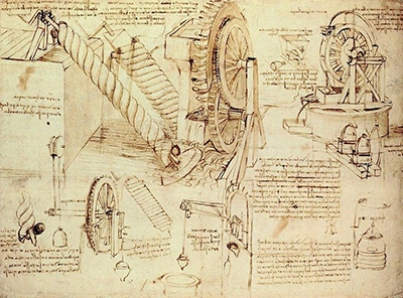

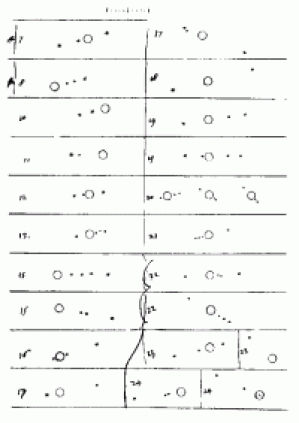

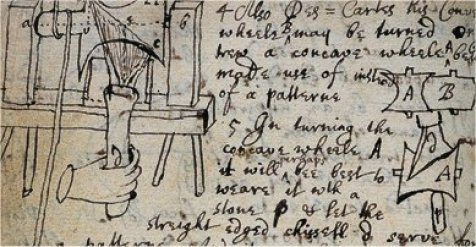
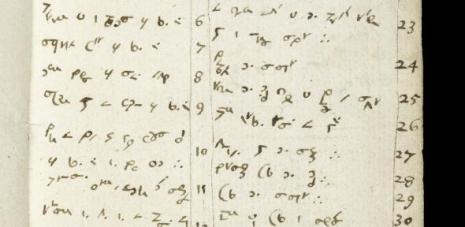






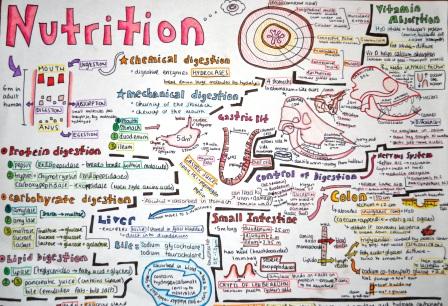



 Who’s do they like best?
Who’s do they like best?



 Jodi Wheeler-Toppen is a former science teacher and the author of the
Jodi Wheeler-Toppen is a former science teacher and the author of the